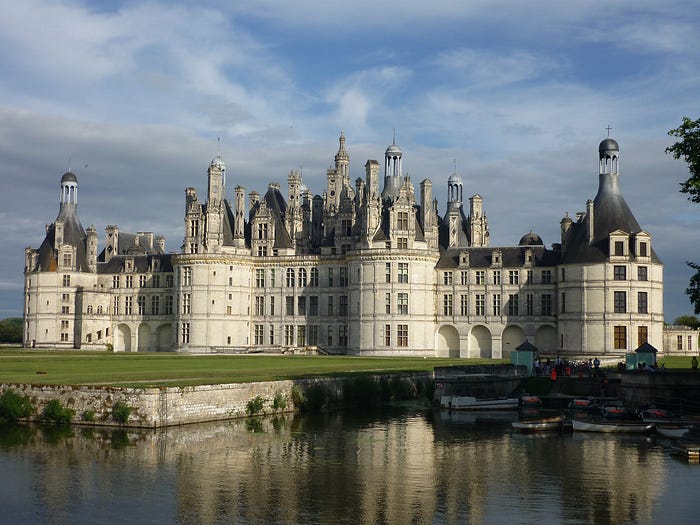
Member-only story
What is Renaissance Architecture Symmetric Style
It had an emphasis on symmetry.
Symmetry is economy.
Symmetry is simplicity.
“The architecture of our brains was born from the same trial and error, the same energy principles, the same pure mathematics that happen in flowers and jellyfish and Higgs particles." — Alan Lightman.

This style has an emphasis on symmetry, proportion, geometry, and the regularity of parts, as demonstrated in the architecture of classical antiquity.
Renaissance architecture is the European architecture of the period between the early 14th and early 16th centuries in different regions.
Renaissance architecture followed Gothic architecture and was succeeded by Baroque architecture.
Developed first in Florence, with Filippo Brunelleschi as one of its innovators, the Renaissance style quickly spread to other Italian cities.
Filippo Brunelleschi.
Italian, also known as Pippo 1377–15 April 1446 is considered to be the founding of Renaissance architecture.
He was an Italian architect, designer, and sculptor, and is the first modern engineer, planner, and sole construction supervisor.
The style was used in Spain, France, Germany, England, Russia, and other parts of Europe at different dates and with varying degrees of impact.
Renaissance style places emphasis on symmetry…
It was demonstrated in the architecture of classical antiquity and in particular ancient Roman architecture.
Systematic display of columns, pilasters, and lintels, as well as the use of semicircular arches, hemispherical domes…
Plan of Bramante’s Tempietto in Montorio.
